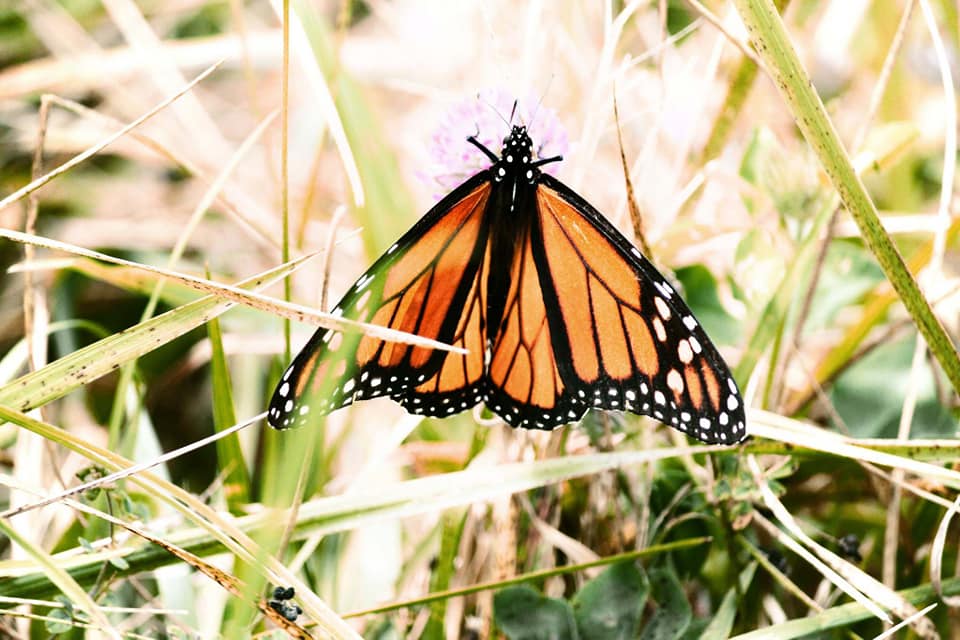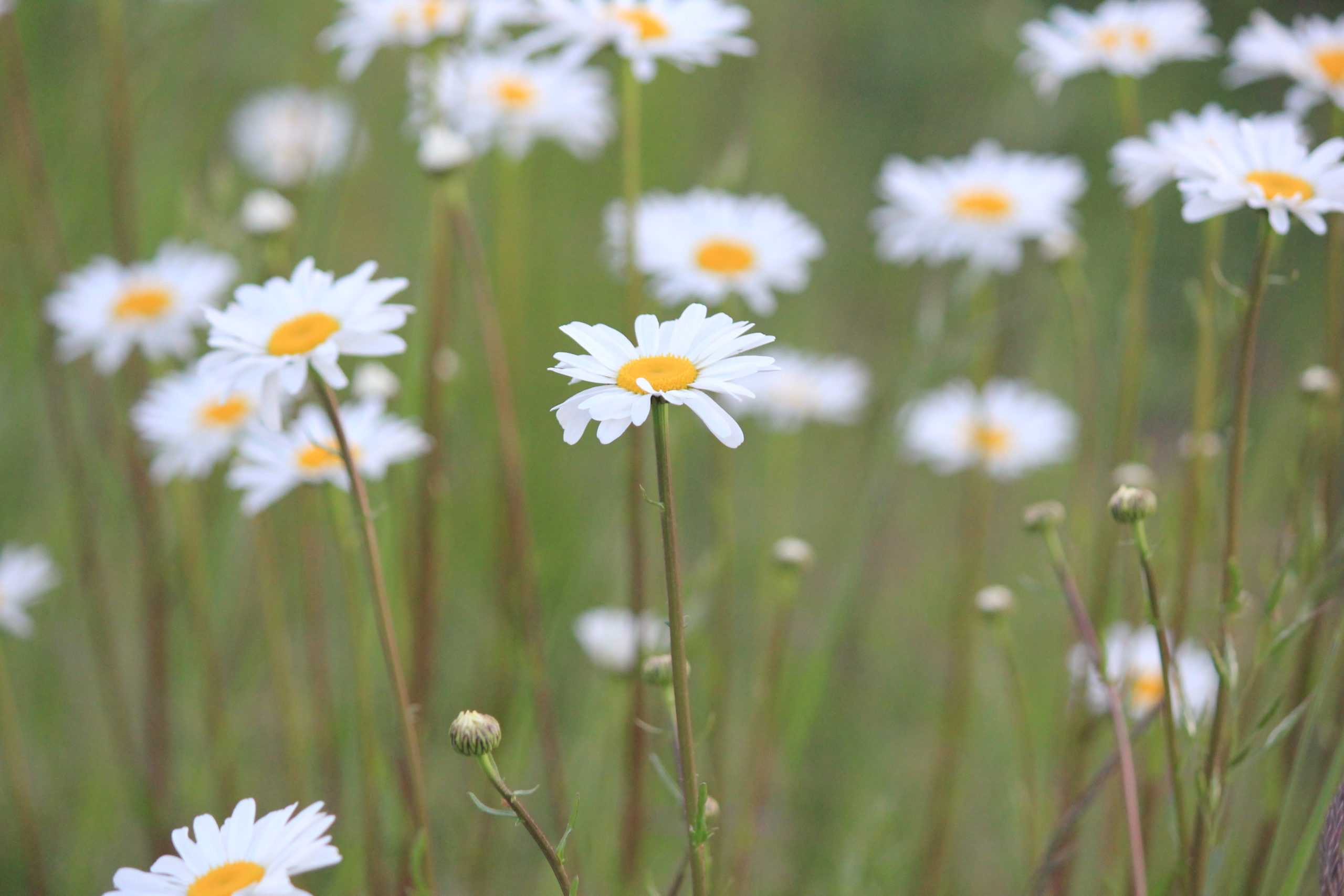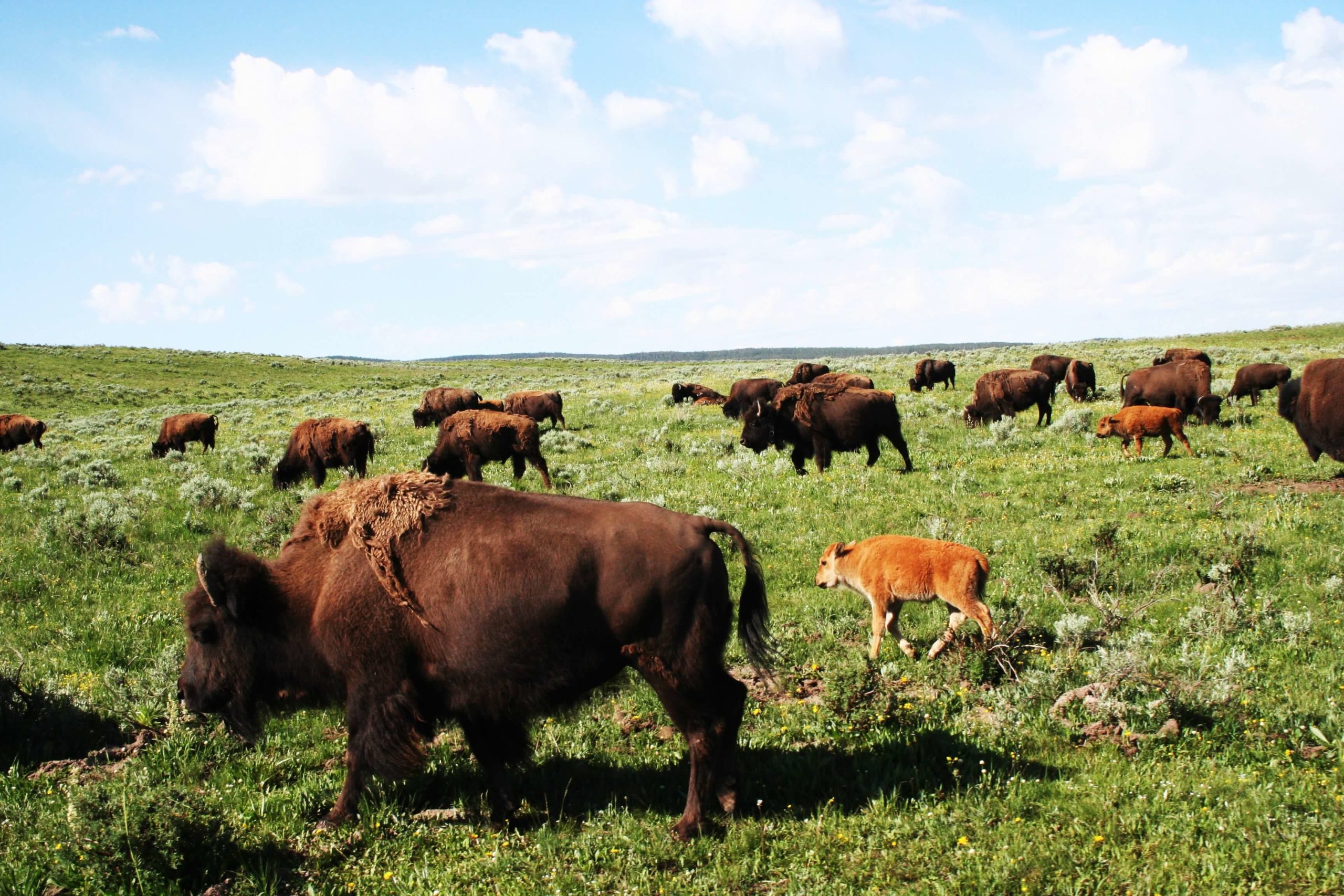
When people think of conservation, they often think of the ocean, the rainforests, and the icy landscapes that sit on the tips of our planet. It’s unfortunate that prairies seldom come to mind- especially for Americans who live in a country graced with these beautiful and important ecosystems. They aren’t considered to have as much pizazz as the other ecosystems, because few people vacation there or even live there (compared to these other places), so environmental protection organizations even avoid talking about them. They try to prioritize places that they think will receive positive attention and help, and while that is somewhat understandable, it’s absolutely vital to understand why prairies matter too.
Prairies in North America formed after the Rocky Mountains formed. Due to tectonic plates shifting, the mountains got taller and formed a “rain shadow” on one side (where the mountains block rain from getting over them). This prevented many trees from growing on that side, and grasslands grew in their place. The prairie was born.
In the United States, prairies stretch from Colorado and Wyoming to the Mississippi region, forming what’s considered to be “the Midwest.” Canada and Brazil also have very large prairies, and 25% of Earth is made up of grassland biomes. In these regions, the weather is mild and moderate, and the hills aren’t very high. The grass in these ecosystems hold onto the soil in such a way that it prevents erosion. This grass is also very special, because its roots grow very deep, allowing it to get more water and have security. That’s why it can grow very tall and live for a long time.
This ecosystem is rich and vibrant, as it’s home to over 80 mammal species and 300 bird species. It’s also home to over 350 wildflower species, and if you’ve ever driven through them in the summertime, that’s not surprising. The entire prairie can look multicolored thanks to its rainbow quilt of flowers and flowing grass. This makes it an ideal home for butterflies, bees, and other pollinators. A healthy prairie means a healthy bioregion and a thriving locality.

Unfortunately, prairies are especially fragile because they are considered to be in-between habitats. If they receive more rain, they will become forests. If they receive less rain, they’ll become a desert. This is why they are so vulnerable right now, with climate change happening. If they are tipped a little bit in either direction, they will cease to exist. On top of that, the agriculture industry is destroying the natural habitats in this ecosystem in the United States. This is where most of the animal industry exists in our country, and 75% of the land is used for growing their feed (corn and soybeans). These crops and farms are high producers of pesticides, chemicals, and antibiotics that are polluting the water and the soil. This land is being killed, and it’s happened before.
In the 1930s, disaster hit the middle of the United States when inexperienced farmers were over-tilling the land. They were digging up that deep-rooted grass and destabilizing the fragile ecosystem, which caused too much soil erosion. When the heavy winds blew through, it blew up all of the dirt that was unhealthily dug up, causing the sky to turn into dust in what became known as “The Dust Bowl.” It was an environmental disaster caused by overfarming. 35 million acres of land became unlivable for years, and many people and non-human animals lost their lives due to the inability to breathe. Dust storms and black skies crept all the way to Washington D.C. and Manhattan during this time, highlighting just how interconnected the different ecosystems really are.
Regular rainfall came to the region a decade after the beginning of the disaster, and farmers planted trees and were given proper training. The area was able to recover at last. However, to this day the region remains the least expensive area to live in the country and few seek it out to live in or travel to, short of passing through. It tends to be a sacrifice zone that is fracked, over-farmed, over-planted, and unprotected. If we want to avoid another ecological and public health disaster, we need to keep the prairies from disappearing.
Here’s what you can do:
Plan a trip to the prairie regions of the midwest.
Increasing ecotourism to an area is a really quick way to ensure that area gets protected. Local governments are driven economically, so if it’s clear that healthy prairies are a tourist destination, they will receive funding. Plan a road trip or fly to a specific airport in the midwest.
Some amazing places to take in this ecosystem include the Neal Smith National Wildlife Refuge (restored prairie lands, thriving species, and beautiful views), Tallgrass Prairie Preserve (sweeping prairies in the Kansas Flint Hills), Buffalo Gap National Grassland (rolling hills of the habitat in South Dakota), Cressmoor Prairie Preserve (an ideal place for wildflower lovers), and any town or city within the midwest. If you want more ideas, visit http://visittheprairie.com/visit/seas-of-grass/—a really cool site dedicated to increasing ecotourism in this biome.
Take photos and tag the location, so that you can not only encourage others to visit, but to make it clear that these places are being visited. Spread the word that you came and visited, and be sure to be responsible with the wildlife and plants. If you visit a preserve, consider donating while you’re there. Aim to buy from local businesses and explore the local towns as well, in order to help spike the economy in these areas, therefore making it clear they need to be protected.

Bison grazing in the prairies
Don’t eat animal meat—especially beef.
Since most of the cattle farms exist in the middle of the country, eating beef is essentially encouraging the destruction of the prairie (especially since it’s such a destructive farming practice to raise cows, even compared to other animal farms). Opt instead for Beyond Meat (which in my opinion tastes way better anyways), mushrooms (you’ll feel a lot better), or another form of plant-based protein that won’t destroy the prairie.
If you want to go the extra mile, share recipes on social media that help others stop eating cows (and dairy—since dairy cows end up in the beef industry). Take photos and allow people to see that it is doable to skip the meat.
Donate to prairie conservation groups.
These groups are on the ground, making sure the prairies stay in tact and remain protected. They’re so necessary, and often are very underfunded. Some great ones to donate to are Friends of Neal Smith National Wildlife Refuge, American Prairie Reserve, Pheasants Forever, and if you live in a prairie region, local groups!
Minimize your contribution to climate change.
This includes voting for people who understand the crisis, eating as vegan and local as possible, minimizing your use of fossil fuels, protesting, volunteering, and living as zero waste as you have access to. Do your best, sign petitions that hold corporations responsible for their actions, and keep educating yourself. It all adds up.
__
Photo: Emily Iris Degn




